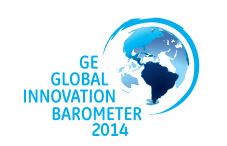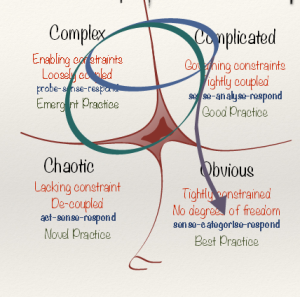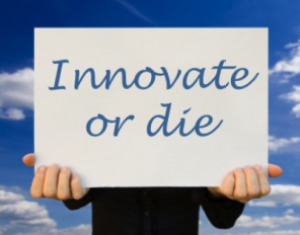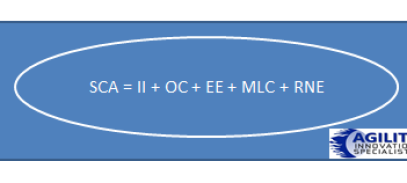 I always look forward to the GE Global Barometer and the 2014 report is no exception, actually it really has moved the needle on what is presently holding innovation back.
I always look forward to the GE Global Barometer and the 2014 report is no exception, actually it really has moved the needle on what is presently holding innovation back.
The Barometer has explored the actions or constraints that senior business executives are worrying over in their pursuit of innovation.
The fieldwork was undertaken in April and May, 2014 and covered 3,200 phone interviews to people directly involved in the innovation strategy or process. It covered 26 countries and was conducted by Edelman Berland on GE’s behalf.
The supporting website provides the GE view of how this report reflects and provides an overview, an interactive, resources and key point headings sections to explore.
I personally think GE have actually been a little too low-key on this report and frankly far too conservative on the potential takeaways in reading their ‘take’ in the overview.
It has significant implications for our organizations to grapple with but each is certainly not alone, it is a collective need to move innovation forward or you place much at risk if you don’t find solutions to the issues raised in this report.
This year the Barometer broke out of its past and steamed ahead.
Continue reading “So what is holding innovation back? A new GE report”







